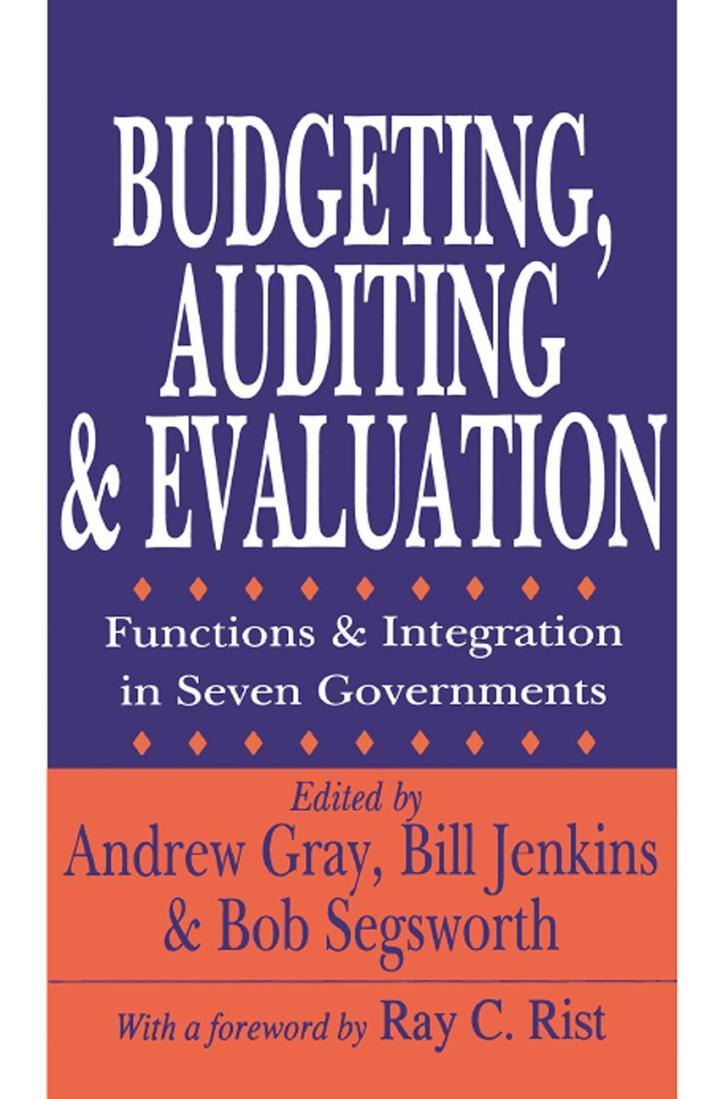Question
1- Break-Even Sales Under Present and Proposed Conditions Darby Company, operating at full capacity, sold 156,100 units at a price of $108 per unit during
1-
Break-Even Sales Under Present and Proposed Conditions
Darby Company, operating at full capacity, sold 156,100 units at a price of $108 per unit during the current year. Its income statement is as follows:
| Sales | $16,858,800 | ||
| Cost of goods sold | 5,976,000 | ||
| Gross profit | $10,882,800 | ||
| Expenses: | |||
| Selling expenses | $2,988,000 | ||
| Administrative expenses | 1,800,000 | ||
| Total expenses | 4,788,000 | ||
| Income from operations | $6,094,800 |
The division of costs between variable and fixed is as follows:
| Variable | Fixed | |||
| Cost of goods sold | 60% | 40% | ||
| Selling expenses | 50% | 50% | ||
| Administrative expenses | 30% | 70% | ||
Management is considering a plant expansion program for the following year that will permit an increase of $1,296,000 in yearly sales. The expansion will increase fixed costs by $172,800, but will not affect the relationship between sales and variable costs.
Required:
1. Determine the total variable costs and the total fixed costs for the current year.
| Total variable costs | $ |
| Total fixed costs | $ |
2. Determine (a) the unit variable cost and (b) the unit contribution margin for the current year.
| Unit variable cost | $ |
| Unit contribution margin | $ |
3. Compute the break-even sales (units) for the current year. units
4. Compute the break-even sales (units) under the proposed program for the following year. units
5. Determine the amount of sales (units) that would be necessary under the proposed program to realize the $6,094,800 of income from operations that was earned in the current year. units
6. Determine the maximum income from operations possible with the expanded plant. $
7. If the proposal is accepted and sales remain at the current level, what will the income or loss from operations be for the following year? $
8. Based on the data given, would you recommend accepting the proposal?
- In favor of the proposal because of the reduction in break-even point.
- In favor of the proposal because of the possibility of increasing income from operations.
- In favor of the proposal because of the increase in break-even point.
- Reject the proposal because if future sales remain at the current level, the income from operations will increase.
- Reject the proposal because the sales necessary to maintain the current income from operations would be below the current year sales.
Choose the correct answer.
2-
Port Ormond Carpet Company manufactures carpets. Fiber is placed in process in the Spinning Department, where it is spun into yarn. The output of the Spinning Department is transferred to the Tufting Department, where carpet backing is added at the beginning of the process and the process is completed. On January 1, Port Ormond Carpet Company had the following inventories:
| Finished Goods | $6,200 |
| Work in Process-Spinning Department | 1,100 |
| Work in Process-Tufting Department | 2,700 |
| Materials | 4,200 |
Departmental accounts are maintained for factory overhead, and both have zero balances on January 1. Manufacturing operations for January are summarized as follows:
| Jan. | 1 | Materials purchased on account, $81,200 |
| 2 | Materials requisitioned for use: | |
| FiberSpinning Department, $43,000 | ||
| Carpet backingTufting Department, $34,200 | ||
| Indirect materialsSpinning Department, $3,500 | ||
| Indirect materialsTufting Department, $2,800 | ||
| 31 | Labor used: | |
| Direct laborSpinning Department, $27,600 | ||
| Direct laborTufting Department, $17,900 | ||
| Indirect laborSpinning Department, $11,800 | ||
| Indirect laborTufting Department, $11,700 | ||
| 31 | Depreciation charged on fixed assets: | |
| Spinning Department, $5,300 | ||
| Tufting Department, $3,700 | ||
| 31 | Expired prepaid factory insurance: | |
| Spinning Department, $1,300 | ||
| Tufting Department, $1,100 | ||
| 31 | Applied factory overhead: | |
| Spinning Department, $22,200 | ||
| Tufting Department, $18,950 | ||
| 31 | Production costs transferred from Spinning Department to Tufting Department, $86,000 | |
| 31 | Production costs transferred from Tufting Department to Finished Goods, $150,400 | |
| 31 | Cost of goods sold during the period, $153,400 |
| Required: | |
| 1. | Journalize the entries to record the operations, using the dates provided with the summary of manufacturing operations. Refer to the Chart of Accounts for exact wording of account titles. |
| 2. | Compute the January 31 balances of the inventory accounts. |
| 3. | Compute the January 31 balances of the factory overhead accounts. |
Step by Step Solution
There are 3 Steps involved in it
Step: 1

Get Instant Access to Expert-Tailored Solutions
See step-by-step solutions with expert insights and AI powered tools for academic success
Step: 2

Step: 3

Ace Your Homework with AI
Get the answers you need in no time with our AI-driven, step-by-step assistance
Get Started


